Vicki Sanders, Class of 2023
Everyone is familiar with the Western Honey Bee (Apis mellifera) because it provides us with honey and is a pollinator of many plants. But did you know that it is not indigenous to North America? We have around 4,000 bees that are indigenous to our continent; and in Texas there are at least 1,100 native bee species, possibly up to 1,500. Unlike honeybees, our native bees struggle when they cannot find native plants which provide their primary sources of nectar and pollen.
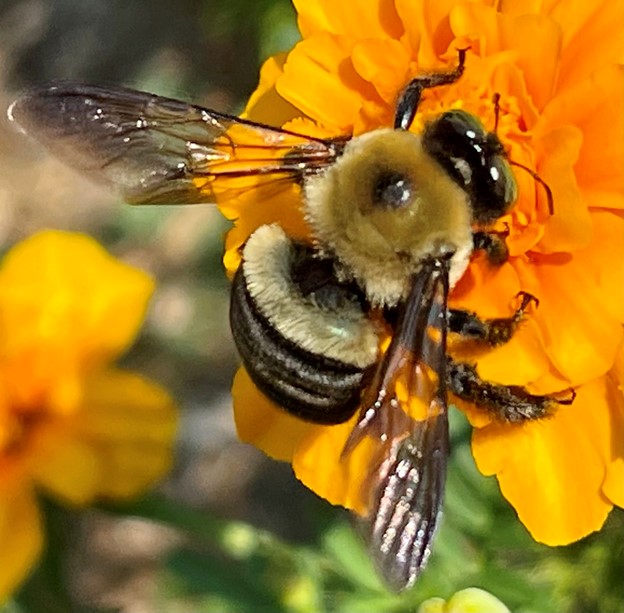
Most native bees are solitary and live in wood or underground tunnels. Because they are solitary, there is a much smaller chance they will sting you. You can find our native bees making their nest, laying eggs, and collecting pollen to feed their young. When collecting pollen and nectar for food, native bees seek out the plants that they coevolved with: native plants. Honey bees are actually not able to pollinate some of these native plants either because of the structure of the plant or because they require sonication. Sonication, or buzz pollination, is when a bee uses vibration to remove pollen. In fact, honey bees are quite lazy when it comes to pollination. They will often steal the nectar without pollinating the plant if the pollen is too hard to get to.
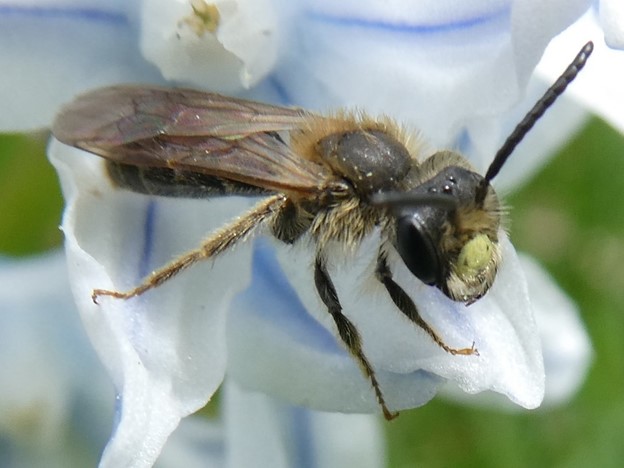
Our native bees also play a significant role in the agriculture industry. “In almost all crops, native bees are the primary pollinator, or they significantly supplement the activity of honey bees. Even crops like cotton, soybeans, and peppers that don’t need a pollinator have a higher yield if they are visited by bees,” according to the USGS. Some crops, such as tomatoes, eggplants, and blueberries, can only be pollinated by sonication.
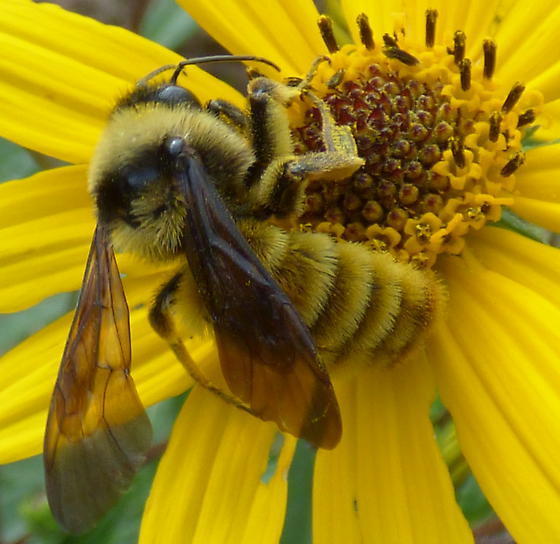
So, what can you do to help our native bees? First, plant native plants in your yard! This is a win/win as you will not only support native bees and other insects, birds, and wildlife, you will also likely have to water less and have better erosion control. You can ensure our native bees’ health by not using pesticides or insecticides. Systemic insecticides like neonicotinoids are especially dangerous for pollinators because they spread throughout an entire plant, including the pollen and nectar. You can also provide clean, pesticide-free sources of water and nesting material. If you “leave the leaves” on the ground and dead stalks in the garden, you provide nesting and overwintering areas for native bees and many other important pollinators.
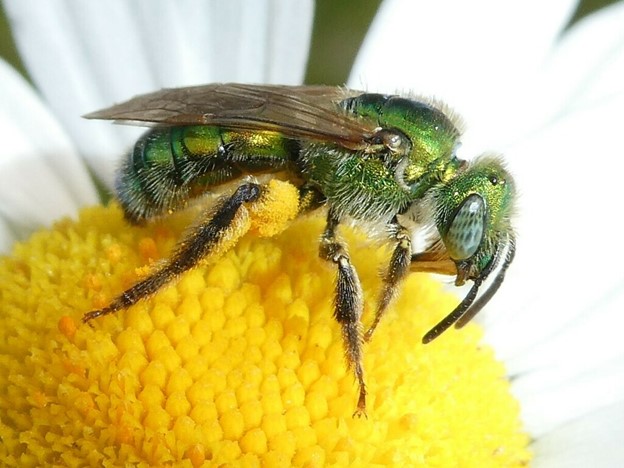
Our native bees are a key agricultural and ecological player that many people don’t realize. Taking action to help out native bees preserves the health of native plants as well as the natural environment as a whole. Most of our bees nest within a few meters from their flower food source, so planting native plants whenever you can makes a huge impact. Remember that you can BEE a big part in maintaining a sustainable environment for our native bee populations.
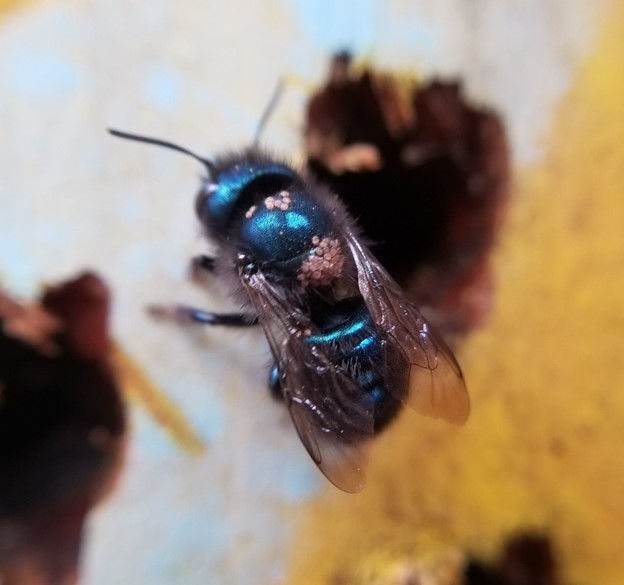
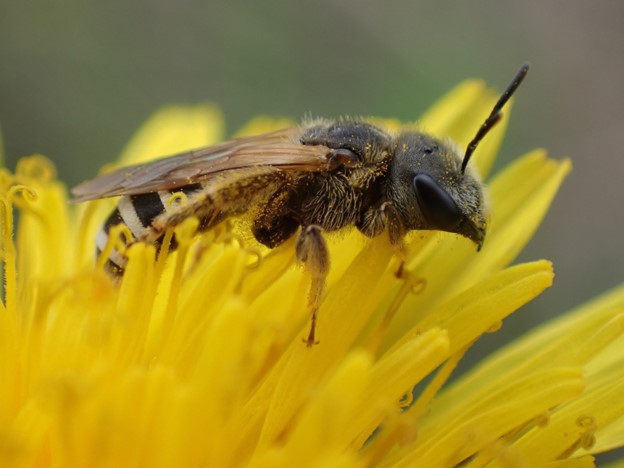



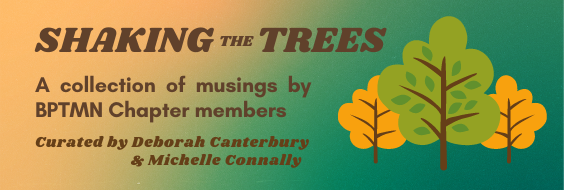
[…] Vicki Sanders – What’s all the Buzz? […]